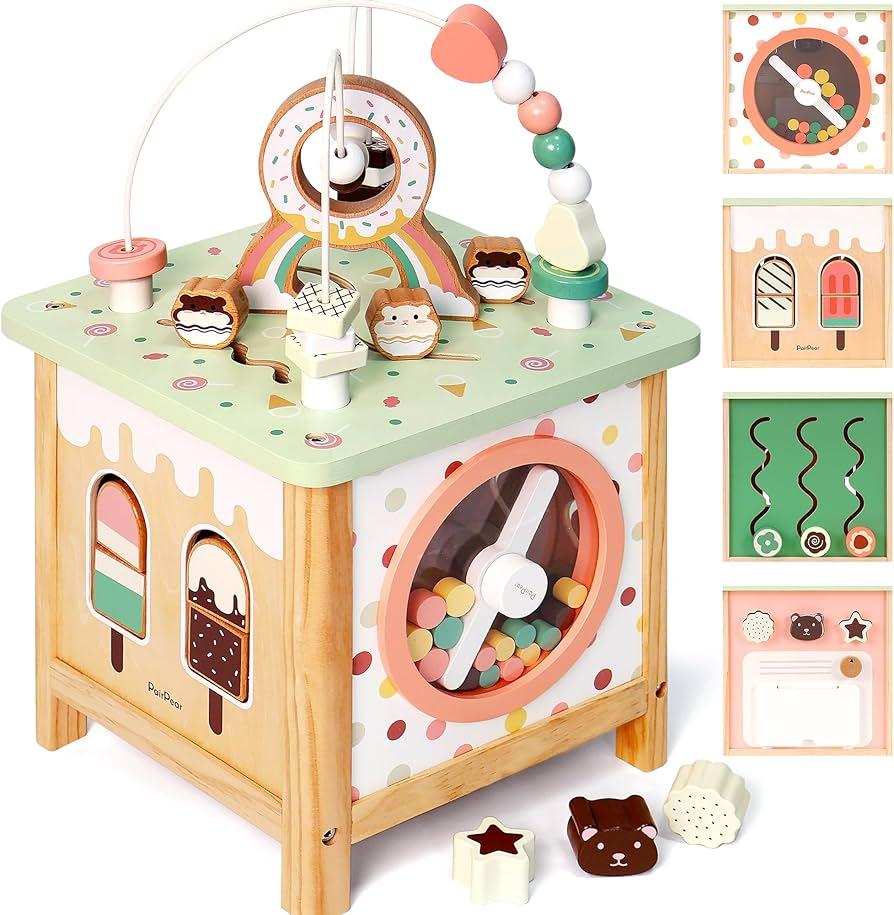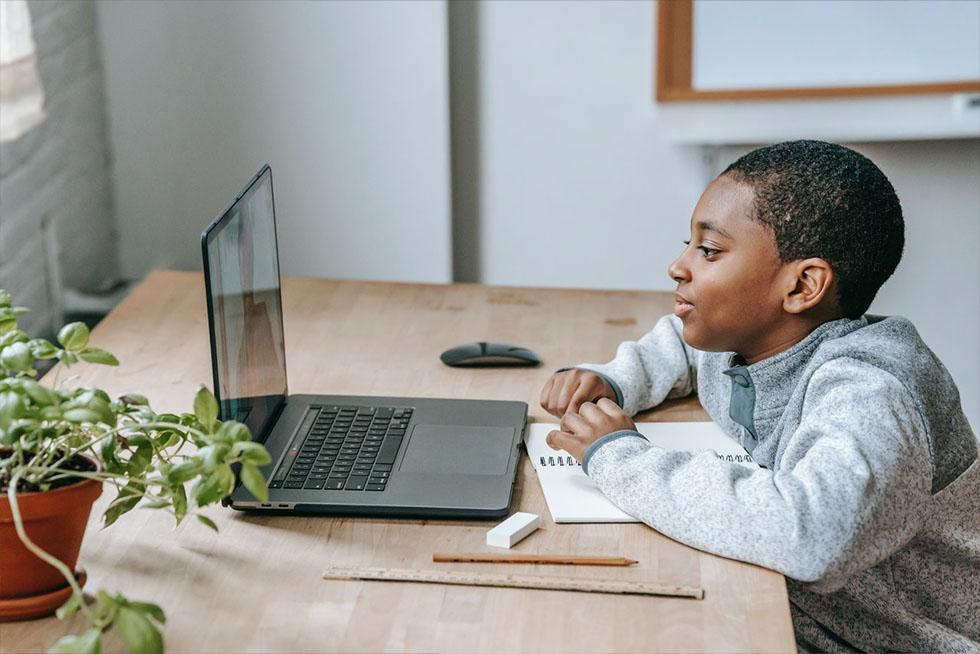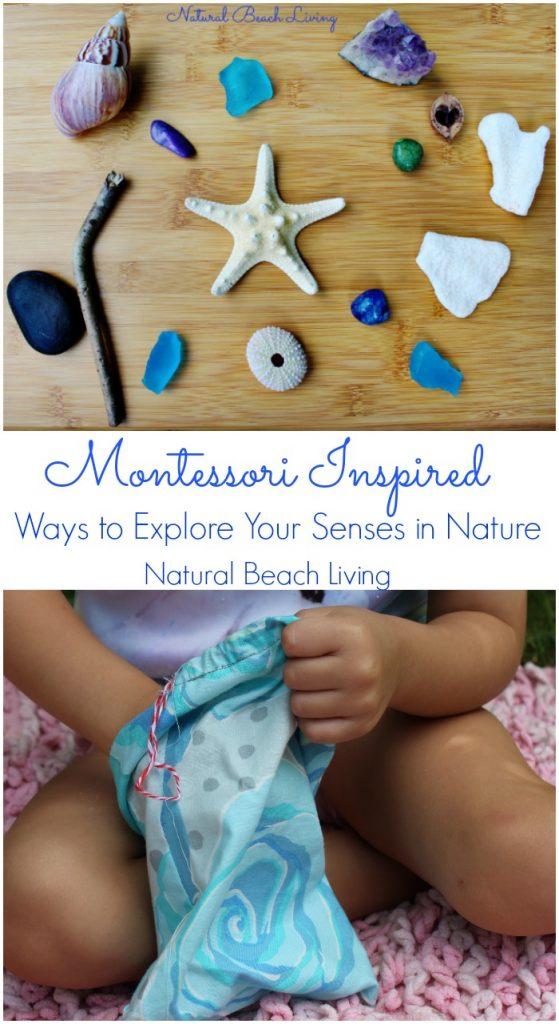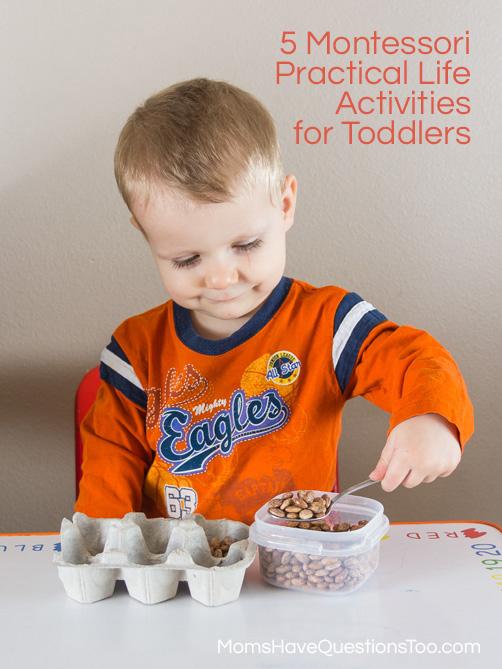In the enchanting world of early childhood, every moment is a stepping stone toward discovery and independence. For children aged 1 to 3, the Montessori approach offers a gentle yet purposeful pathway to nurture their natural curiosity and love of learning. But what exactly does a Montessori-inspired environment look like for toddlers just beginning to explore the vast possibilities around them? This article uncovers the essential tools and materials-Montessori must-haves-that support little hands and minds as they embark on their journey of growth, fostering confidence, creativity, and a lifelong passion for exploration.
Essential Montessori Toys That Foster Early Development
When selecting toys for toddlers between 1 and 3 years old, it’s vital to choose items that encourage independent exploration and hands-on learning. Wooden stacking blocks and shape sorters are perfect for developing fine motor skills and spatial awareness. These toys offer open-ended play, allowing children to experiment, problem-solve, and build at their own pace. Additionally, sensory balls and texture boards immerse little ones in tactile discovery, stimulating their sensory processing and cognitive growth.
Beyond sensory engagement, many Montessori toys nurture early practical life skills. Tools like child-sized brooms, watering cans, and buttoning frames empower toddlers to imitate daily activities, fostering coordination and self-confidence. Below is a simple guide to key toy categories and their developmental benefits:
| Toy Category | Skill Developed | Example Toy |
|---|---|---|
| Fine Motor | Hand-eye coordination | Stacking Blocks |
| Sensory | Touch & discrimination | Texture Boards |
| Practical Life | Independence & self-care | Buttoning Frame |
| Cognitive | Problem-solving | Shape Sorters |

Creating a Child-Friendly Learning Environment at Home
Transforming your home into an inviting and stimulating space for toddlers means blending functionality with freedom. Low shelves stocked with accessible Montessori toys encourage little ones to choose their activities independently, fostering confidence and decision-making skills. Soft rugs or mats define cozy activity zones, while natural light brightens the room, creating an atmosphere of warmth and calm. Adding child-sized furniture and open storage not only supports autonomy but invites exploration without overwhelming their senses.
Clutter-free surfaces paired with organized materials laid out in small baskets enhance focus and orderliness. Consider incorporating tactile elements like wooden blocks, sensory trays, and simple puzzles that captivate curiosity and fine motor development. The environment should be a gentle invitation to learn, move, and express creativity. Below is a simple guide to setting up key areas tailored to toddler needs:
| Area | Key Elements | Purpose |
|---|---|---|
| Practical Life | Small pitchers, cloths, trays | Building independence & coordination |
| Sensorial | Textured fabrics, shape sorters | Enhancing senses & classification skills |
| Language | Picture cards, books | Encouraging vocabulary & storytelling |

Choosing Natural Materials for Sensory Exploration
When selecting materials for little hands to explore, opt for items that are not just visually appealing but naturally enriching. Natural textures like smooth wood, soft cotton, cool stone, and rough burlap engage toddlers’ senses in a way synthetic materials rarely can. These materials invite curiosity and exploration, helping children develop their tactile discrimination and sensory memory. Beyond the tactile benefits, natural materials often have subtle scent and temperature qualities that enrich the sensory experience.
Choosing natural materials also supports sustainability and introduces young learners to the beauty of the natural world. Here are some top picks to consider:
- Wooden blocks with varied shapes and finishes
- Cotton fabrics in assorted textures and weights
- Natural stones with smooth, polished surfaces
- Burlap sacks for coarse sensory contrast
- Natural sponges for soft, squishy tactile play

Practical Life Activities to Encourage Independence
Encouraging toddlers to master everyday tasks fosters a sense of confidence and autonomy early on. Simple activities such as pouring water, buttoning shirts, or sweeping a small area provide hands-on experiences that build coordination and problem-solving skills. Offering child-sized tools, like mini brooms or easy-grip utensils, invites little ones to participate meaningfully in their surroundings while reinforcing their emerging motor abilities. These engaging tasks are not just chores but foundational exercises that nurture independence.
Implementing practical life activities with mindful structure can make a significant difference in developing self-reliance. Presenting choices-such as selecting between different fruits to prepare or deciding the order of putting on clothes-enhances decision-making while respecting the child’s pace. Below is a quick reference table summarizing key activities and their benefits:
| Activity | Skill Developed | Recommended Tools |
|---|---|---|
| Pouring liquids | Fine motor control, concentration | Small pitchers, cups |
| Buttoning and zipping | Finger dexterity, independence | Clothing with large buttons or zippers |
| Table setting | Organization, responsibility | Child-sized plates, cutlery |
| Sweeping | Gross motor skills, care for environment | Mini broom and dustpan |
The Conclusion
As you embark on the journey of nurturing your little one’s early curiosity and independence, these Montessori must-haves for 1-3 year olds serve as thoughtful guides rather than mere toys. Each item is a stepping stone, gently encouraging exploration, self-discovery, and confidence. By thoughtfully curating a space that honors their natural drive to learn, you’re not just providing tools-you’re fostering a foundation for lifelong growth and joy. Embrace the simplicity, celebrate the small victories, and watch as your toddler blossoms in a world designed just for them.
